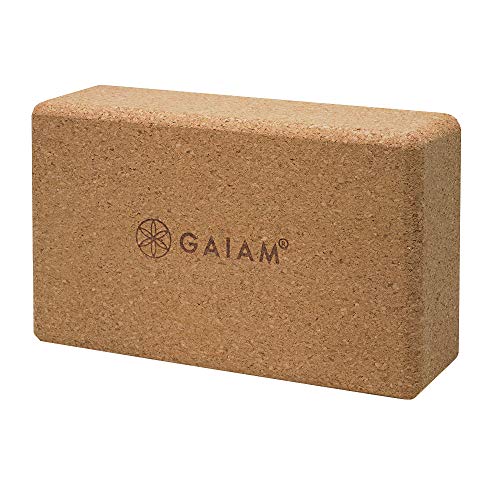Feeling low on energy? This yoga teacher’s short flow is great when you haven’t got much in the tank
Try this quick yoga flow to bring reinvigorating movement to a tired day
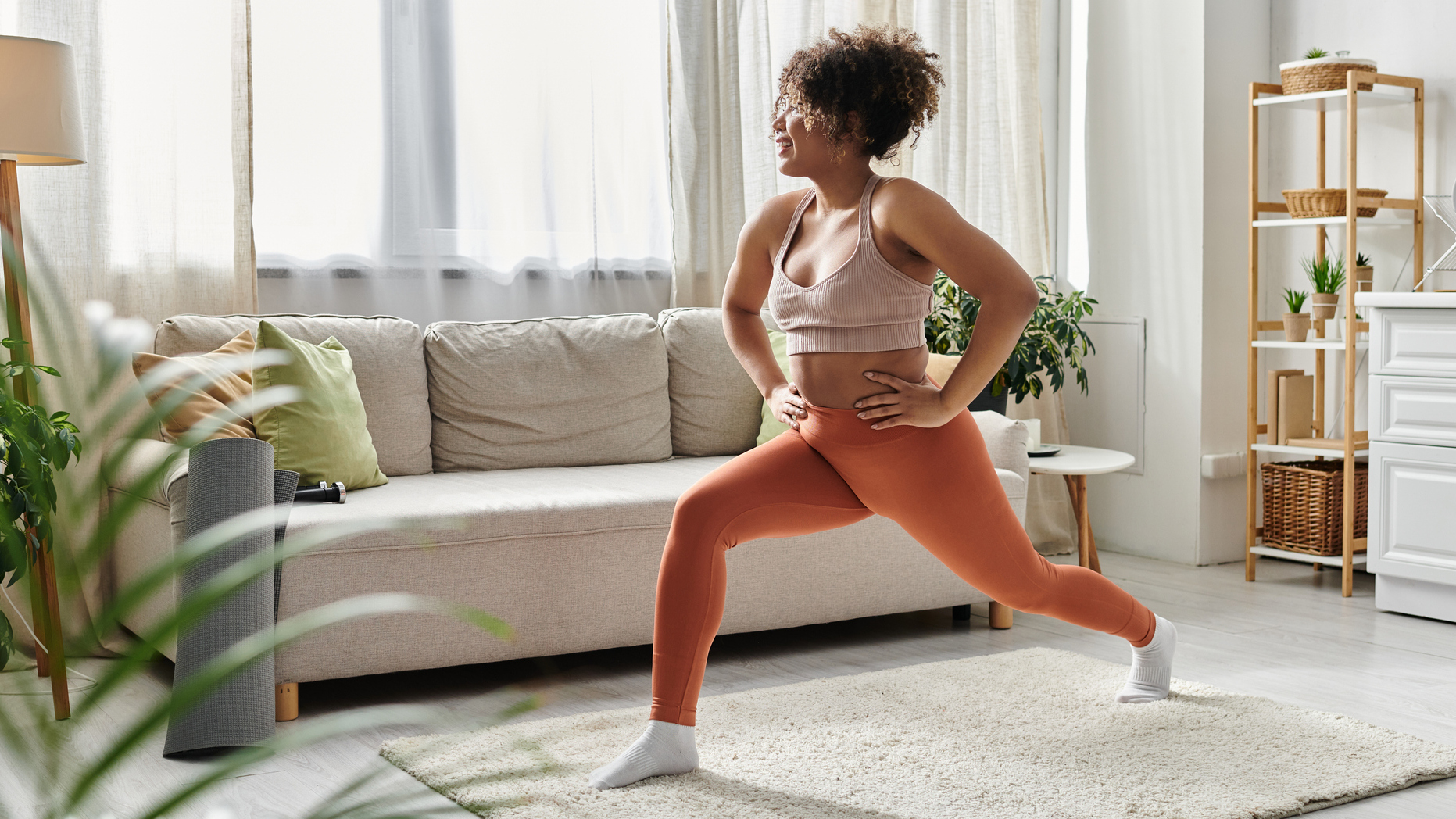
We all have low-energy days. Whether you’ve had a big weekend, overexerted yourself at the gym or just feeling a bit bleurgh. While working out is the last thing you might feel like doing, sometimes gentle movement, such as yoga, can pull you out of a malaise and get you feeling more yourself again.
I spoke to Valerie Lucas, a yoga teacher for YogaSix, who shared her favorite flow for when she’s feeling tired.
“It’s important to consider the type of tiredness you’re experiencing and recognize what yoga philosophy refers to as the antarayas—or obstacles—that might be affecting you,” says Lucas. “For example, if you’re feeling a bit physically tired, some intentional movement can help. Yoga can help to boost your energy and shake off that sluggish feeling. It helps wake up your body and mind, making you feel more alive. Plus, it can help you overcome any sense of apathy or idleness, getting you back into action.
“However, if you’re deeply exhausted or emotionally drained, it may be more beneficial to practice ahimsa—self-compassion. Instead of a strenuous workout, focus on restorative activities like breathing exercises or meditation. These practices can help you recharge without pushing your limits.
“By tuning into what your body needs and figuring out the type of tiredness you’re feeling, you can find the right balance between effort and ease and restore your wellbeing.”
The flow
This routine is great for replenishing physical reserves and giving you an energy boost. It starts as a simple warm-up and gradually increases intensity to build strength, mobility, balance, focus and endurance.
- Plank to downward-facing dog rolls x 3-5
- Sprinters x 10
- Flying warrior to Shiva squat x 3
1. Plank to downward-facing dog rolls
Plank pose
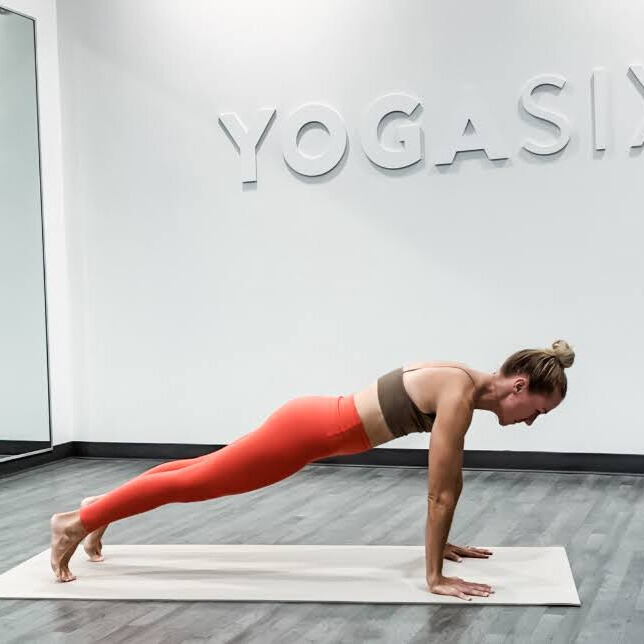
- Start on your hands and knees with your wrists under your shoulders, knees hip-width apart.
- Extend your legs behind you so your body forms a straight line from your head to your heels.
- Engage your core muscles to keep your body in a straight line. Avoid sagging in your lower back or raising your hips
- Press down through your palms and fingers, spreading your fingers wide for better stability.
Transitioning between plank pose and downward-facing dog
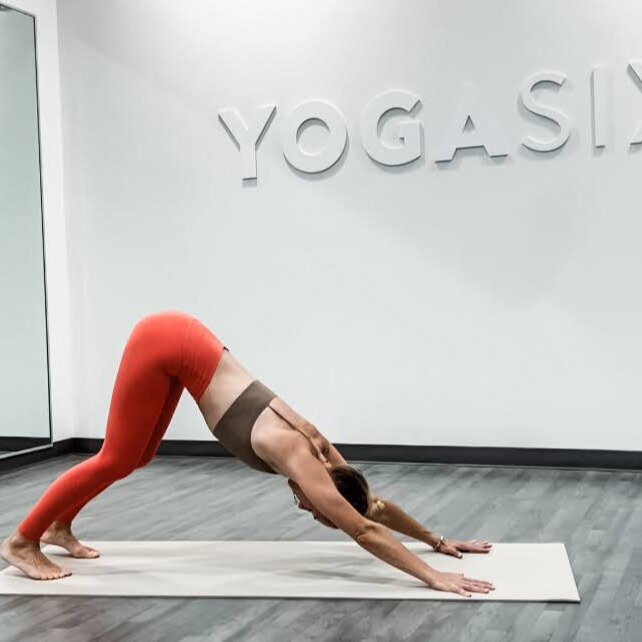
- On an exhale, lift your hips up and back while keeping your arms straight. Your body will form an inverted V shape.
- As you lift your hips, imagine pressing your belly towards your thighs and begin to straighten your legs. Your heels should move towards the floor, but they don’t need to touch it.
- Press your hands firmly into the mat and lengthen your spine.
- Return to the plank position, trying to roll your spine forward, sometimes called a spinal wave.
Repeat the transition from plank to downward-facing dog back to plank three to five times to gently warm up your body. Focus on moving with controlled action, building strength in the core and upper body.
Start your week with achievable workout ideas, health tips and wellbeing advice in your inbox.
Transitioning from downward-facing dog to runner’s low lunge to prep for sprinters
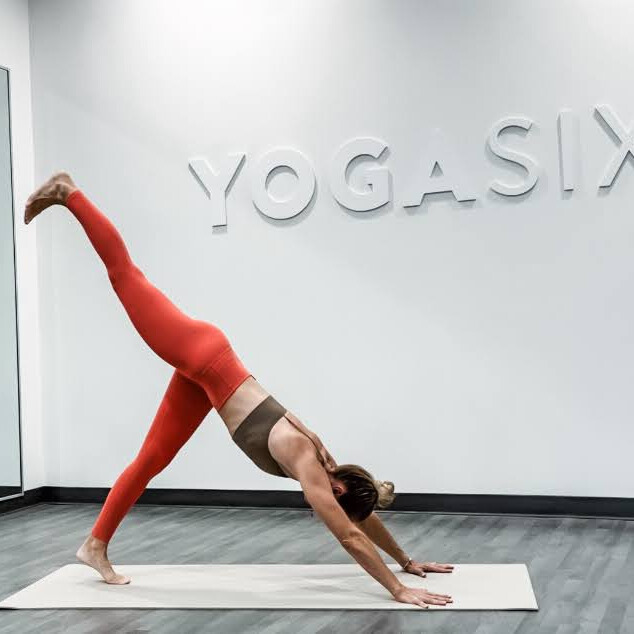
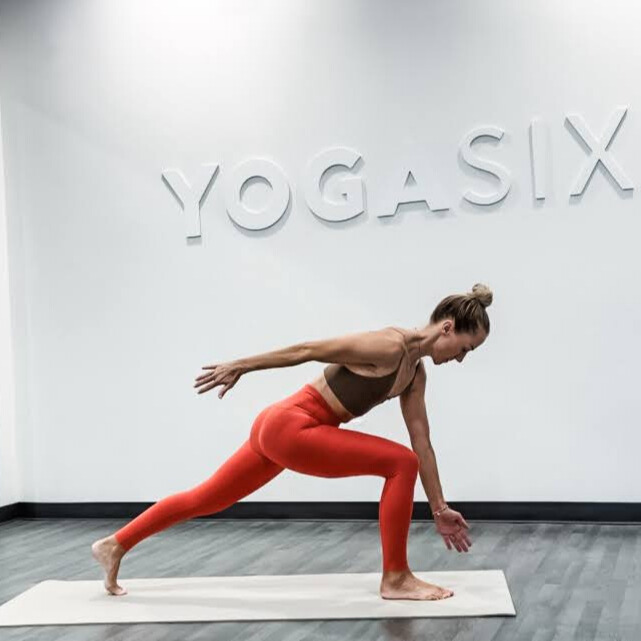
- Inhale and lift your right leg behind you. Keep your hips squared with the mat and extend through your heel.
- Exhale and bring your right knee towards your chest. Place your right foot between your hands, aiming to land it close to your right thumb.
2. Sprinters
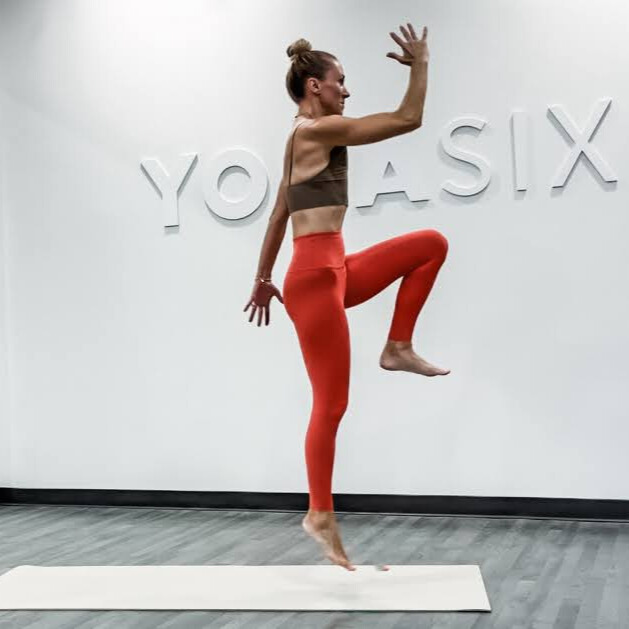
- Start in a runner’s low lunge position with your right foot forward, reach your left arm down and your right arm behind you.
- Ground into your right foot, then extend your right leg to stand up and bring your left knee up to hip height and your right hand up to shoulder height, with a 90° bend in your elbow.
- Return to the runner’s low lunge position with control.
- Perform 10 reps in total.
- Option to add a jump at the top for more intensity as you rise up.
Transitioning from sprinters to flying warrior
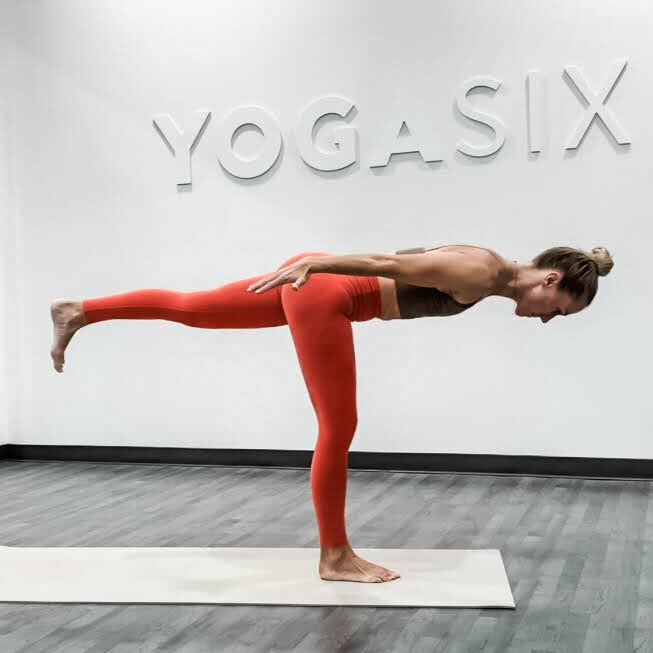
- With your weight on your right foot, bend your right knee slightly and shift your torso forward, raising your left leg behind you.
- Reach your arms straight back along the sides of your body, with your palms facing down.
- Once you’re stable, extend through your standing leg and lengthen from your head to your left heel. Maintain a steady gaze toward the floor.
- Hold for a few breaths to build balance and slow your heart rate.
- For more support, rest your fingertips on a block set on the floor underneath your shoulders.
Flying warrior to Shiva squat
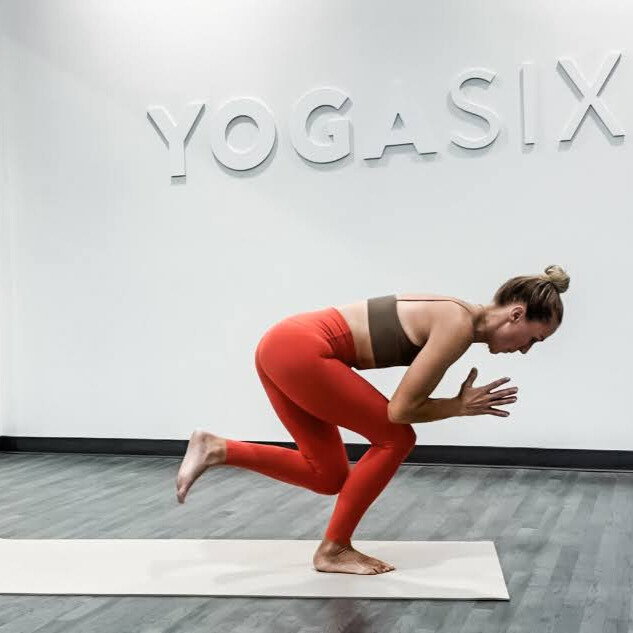
- From your single-leg balancing pose in flying warrior, bend your right knee to lower, bend your left knee and bring it towards your center and pull your hands together towards your heart.
- Inhale, expand back out to flying warrior and sweep your arms back.
- Exhale, coil in, keeping your weight in your right heel.
- For more support, keep the focus on the lower body, and maintain your fingertips on a block.
Repeat this three to five times then step the left foot back to a low lunge to transition back to plank pose. Repeat the entire flow on the left side.

Valerie Lucas is an Experienced Registered Yoga Teacher (ERYT 500) and senior master trainer for YogaSix. She joined the YogaSix team in 2013 and currently oversees all of YogaSix’s teacher training programs, including the 200hr and 300hr Yoga Teacher Training and the 80hr Sculpt Teacher Training.

Lou Mudge is a Health Writer at Future Plc, working across Fit&Well and Coach. She previously worked for Live Science, and regularly writes for Space.com and Pet's Radar. Based in Bath, UK, she has a passion for food, nutrition and health and is eager to demystify diet culture in order to make health and fitness accessible to everybody.
Multiple diagnoses in her early twenties sparked an interest in the gut-brain axis and the impact that diet and exercise can have on both physical and mental health. She was put on the FODMAP elimination diet during this time and learned to adapt recipes to fit these parameters, while retaining core flavors and textures, and now enjoys cooking for gut health.
You must confirm your public display name before commenting
Please logout and then login again, you will then be prompted to enter your display name.

